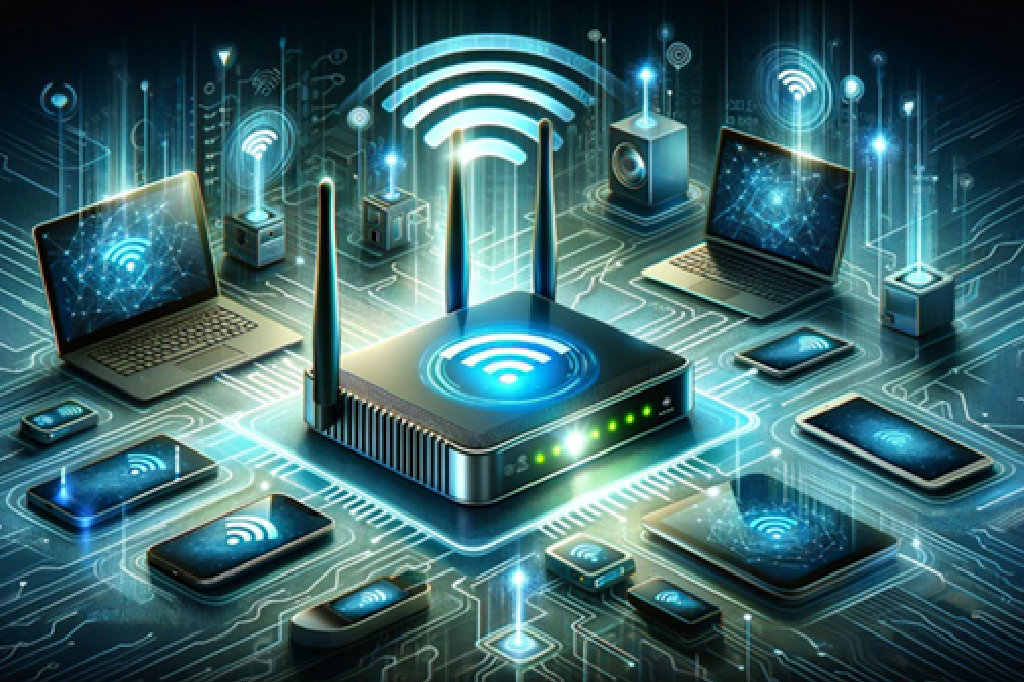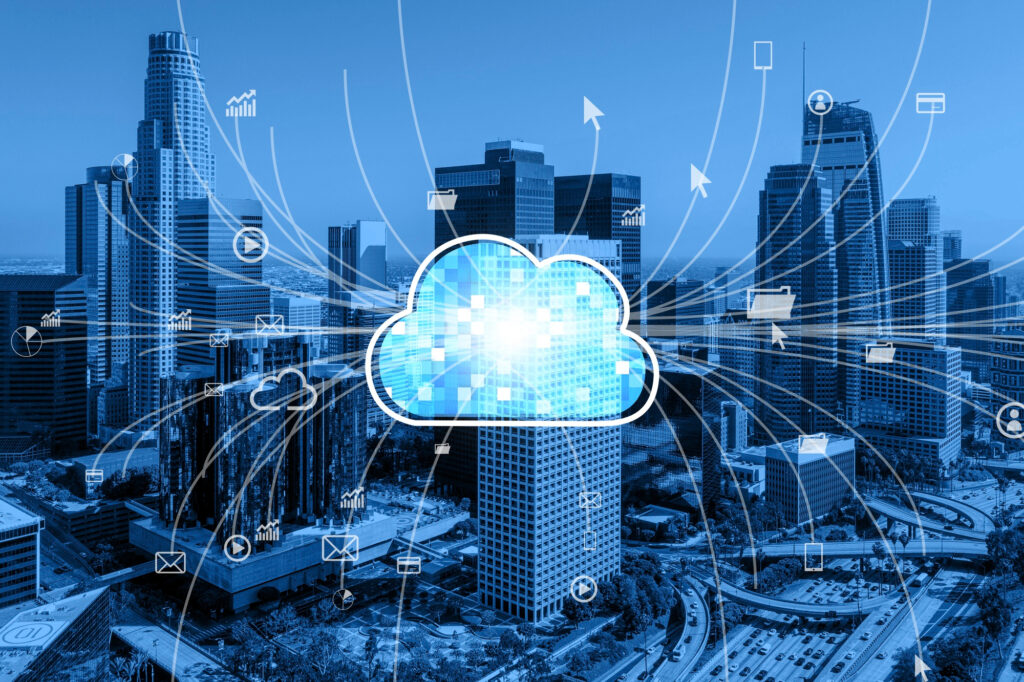The Current Landscape: Multiple Applications, Multiple Communication Technologies
Most utilities continue to deploy various communication technologies tailored to specific grid applications. These applications range from smart meters and controllers to fault circuit indicators, remote monitoring units, and reclosers. While this approach enhances connectivity and control, it also presents significant challenges.
Utilities worldwide face distinct market conditions, regulatory requirements, and environmental constraints. With a wide range of communication technologies available, the challenge lies in selecting solutions that not only meet today’s Advanced Metering Infrastructure (AMI) and SCADA needs but also support future Smart Grid applications such as Distributed Generation, Renewable Energy Integration, Smart Street Lighting, and Electric Vehicle (EV) Charging.
Cultural Challenges: Adapting to Digital Transformation
Ahead of choosing the right technology, utilities must navigate the shift towards digitalization. Embracing a connected, data-driven approach requires a transformation in business operations and workforce skills. Many experienced personnel need reskilling, while younger employees bring adaptability but require guidance in industry-specific operations.
As communication solutions advance, the need to strengthen IT/OT infrastructure against cyber threats and integrate multiple Original Equipment Manufacturer (OEM) technologies becomes increasingly complex. Utilities must adopt a forward-thinking approach to technology-driven governance and project management to overcome these challenges effectively.
Government and Regulatory Support: A Critical Enabler
Government support is crucial for utilities to move forward. Regulatory support extends beyond flexible tariff policies to include tax incentives for green energy initiatives, streamlined approvals for communication infrastructure deployment, and relaxed spectrum regulations, particularly for license frequency bands. These measures reduce reliance on public networks and enable utilities to establish private RF networks.
The Networking Challenge: Enabling Multiple Smart Grid Applications
The Smart Grid promises enhanced reliability, cost efficiency, and security through a range of critical applications. These include:
- Advanced Metering Infrastructure (AMI): Enabling remote meter reading, Time-of-Use pricing, and remote (dis)connection.
- Distribution/Feeder Automation (DA/FA): Improving voltage and VAR control while managing faults and outages more effectively.
- Power Quality Monitoring and Control: Utilizing Supervisory Control and Data Acquisition (SCADA) systems to optimize grid performance.
- Demand Response (DR) and Demand-Side Management (DSM): Leveraging AMI networks to balance load during peak demand periods.
- Wide Area Measurement Systems (WAMS): Utilizing Phasor Measurement Units (PMUs) for precise, synchronized grid monitoring.
- Distributed Generation (DG) and Storage (DS): Supporting renewable energy integration to meet sustainability goals.
- EV Charging Infrastructure: Driving sustainability initiatives with government incentives for green energy adoption.
- Smart Street Lighting: Reducing energy consumption through dimming profiles and real-time lighting asset management.
Additional Utility Applications and Network Considerations
Utilities also rely on enterprise applications for:
- Billing, engineering, operations, finance, and regulatory compliance.
- Voice over IP (VoIP) for cost-effective communication.
- Video surveillance for substation security.
- Wi-Fi access in Field Area Networks (FANs) for on-site crew connectivity.
Preparing for a Smarter Future
Identifying key drivers of change and potential challenges early in the Smart Grid implementation process can significantly reduce costs, streamline operations, and improve overall efficiency.
By strategically addressing technology selection, workforce adaptation, regulatory compliance, and cybersecurity, utilities can successfully navigate the evolving landscape of Smart Grid communications and maximize long-term benefits.




